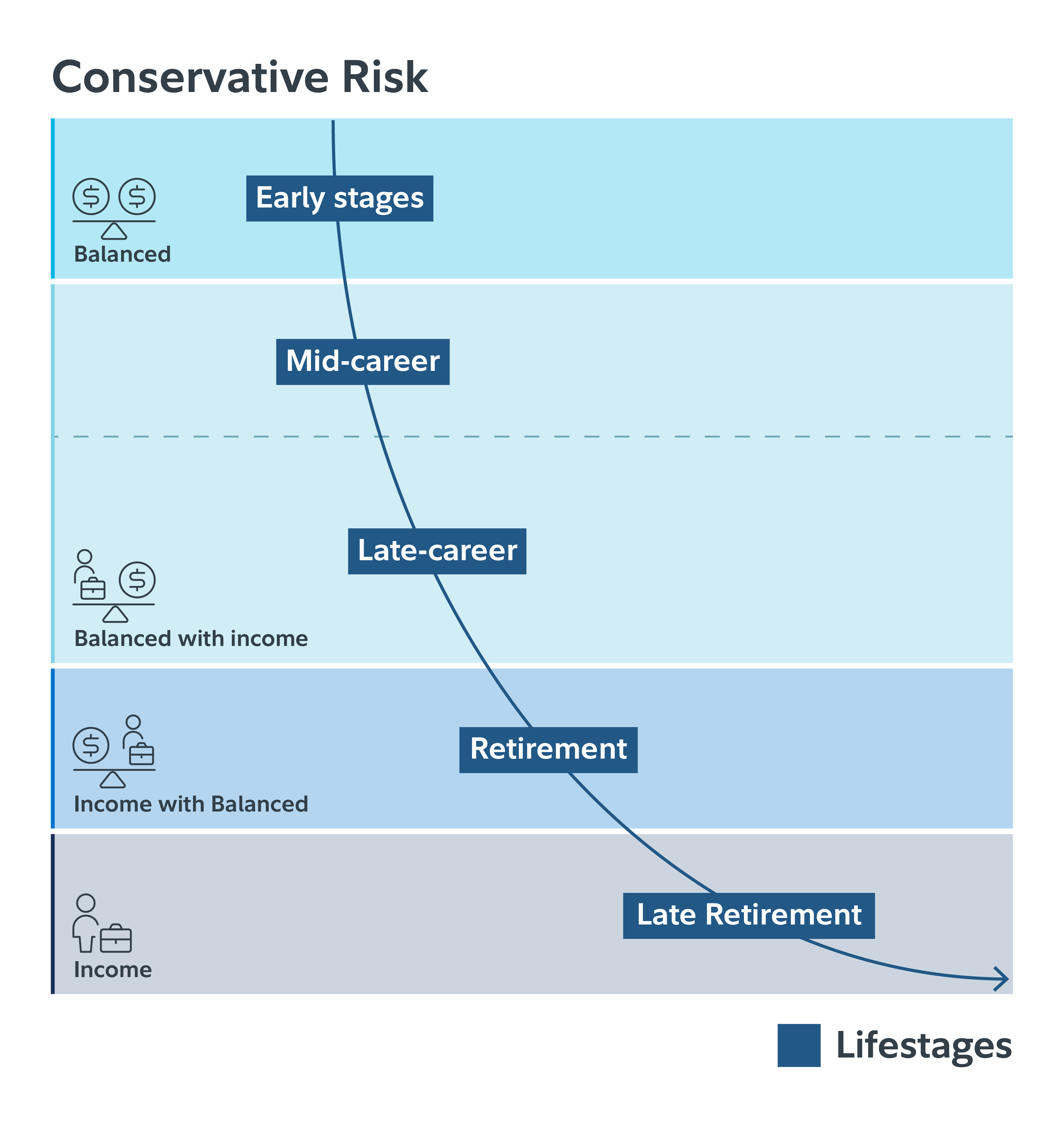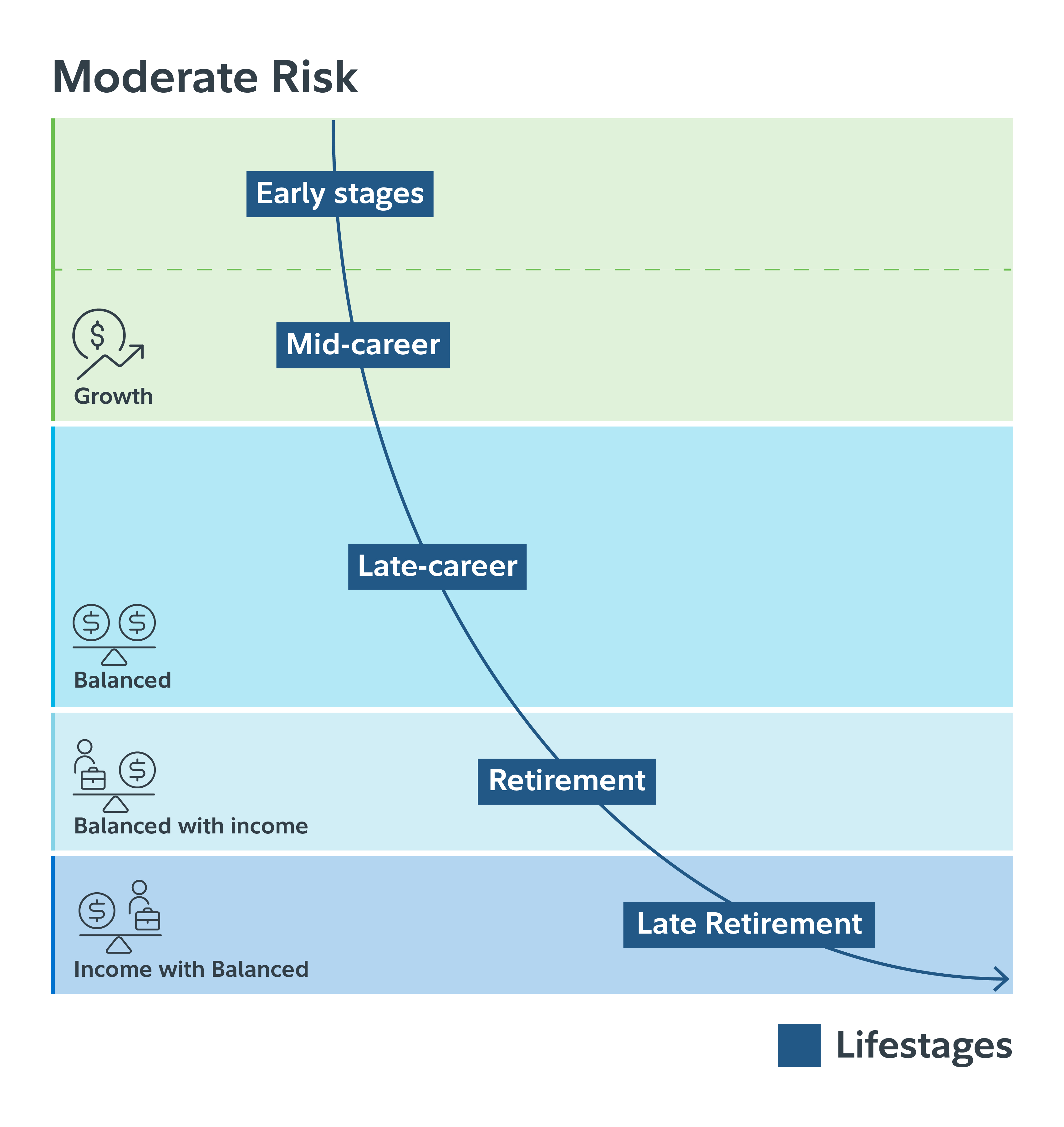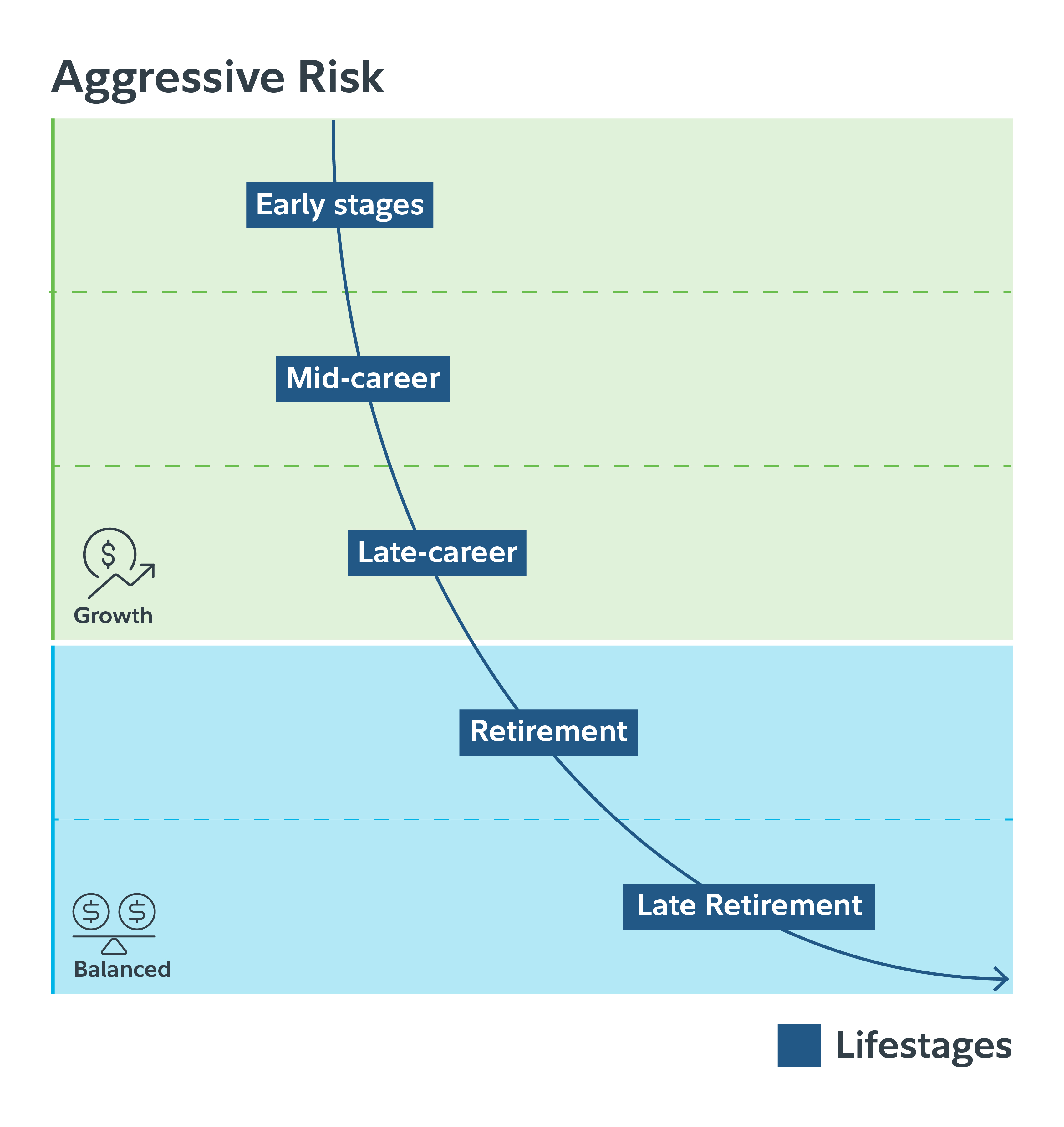Fidelity’s retirement calculator can help you look at the bigger picture when it comes to retirement planning and give you an idea of how much you need to retire comfortably.

Steps to consider when retirement planning
Top takeaway: Planning helps ensure you enjoy a satisfying retirement. Fidelity has many of the tools you need right now to start the process, because it’s never too late.
Chess coaches often drill a rule into the heads of beginning students: never make a move without having a plan. There are lots of differences between saving for retirement and playing chess, but the importance of planning applies to both. Retirement planning focuses your mind. It provides you with an outline of where you want to go and how you’ll get there. It makes it easier to adapt to unexpected events. Think of checkmate as a happy, secure retirement in which you have the financial freedom to live your life the way you want.
Making a retirement plan starts with asking yourself a lot of questions. Some of these questions may even be uncomfortable – some people don’t like to think too far ahead – but if you ask them now it can benefit you later.
First step: Determine your current financial priorities.
Your financial priorities probably vary depending on how far you are from retirement. Maybe you need to pay off student debt, or perhaps you need to pay for daycare. Maybe you need to support your kids financially in university. Once you have outlined your priorities, you can decide how much money you can devote to a long-term savings plan, which can include contributing to government savings vehicles such as RRSPs or TFSAs, investing in real estate or putting money into an employer-provided pension scheme.
Second step: Develop the retirement plan.
This step is where the heavy lifting occurs. It involves taking stock of your finances, identifying what kind of lifestyle you want in retirement and identifying potential sources of income to fund your retirement. Because you identified your priorities in the first step, you can now see how much you can start saving to create the retirement you want. You may be pleasantly surprised or awkwardly humbled. But at least you know what you have to do going forward.
Third step: Update the retirement plan.
Life is a long string of expected and unexpected events. It’s the latter that retirement planning can really help deal with. Investing, including building a diversified portfolio, is the foundation of achieving long-term financial goals. Younger investors have more time before they retire, so they can generally take on more risks with their investments. Investors closer to retirement should generally be more conservative. The last thing you want to do is lose your hard-earned savings to an unexpected dip in the stock market.
Retirement portfolio evolution



It’s very important to review your retirement plan on a regular basis. Remember that your financial situation can change suddenly. And beyond world-changing events, the rhythm of life is full of financial ups and downs – these include job loss, serious illness or sudden windfalls like an inheritance. Retirement planning provides you with space to adjust your expectations and your actions.
While it’s important to arm yourself with as much knowledge as possible to make sure you are in control of your retirement destiny, it doesn’t hurt to seek help. You could consider working with a financial planner to help build your retirement plan or sign up to download our Fidelity Retirement Report.



